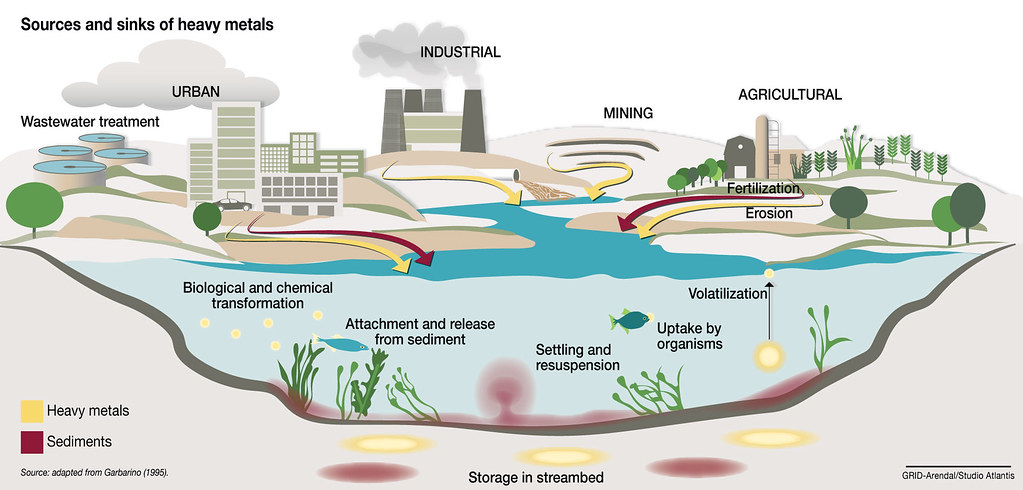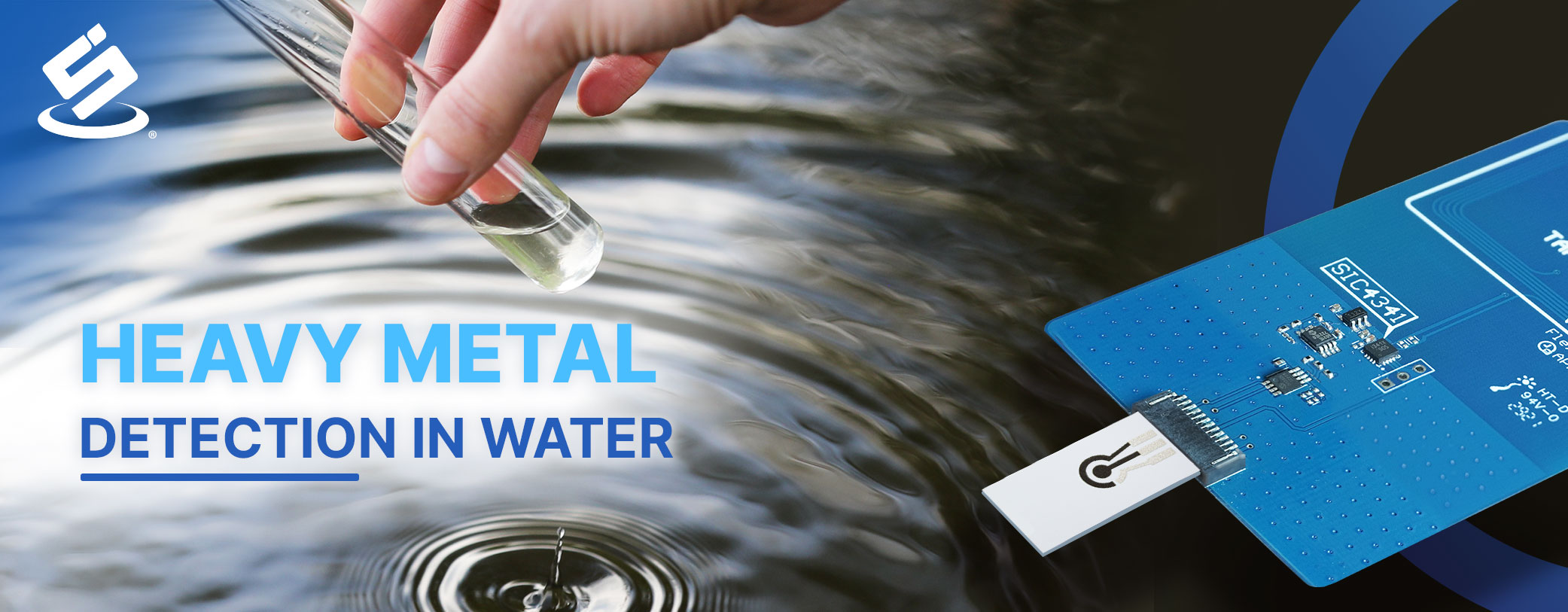Heavy Metal Detection in Water
Water pollution is a serious worldwide issue affecting various aspects of society, such as human/animal healthcare, the food chain, and the tourism industry; therefore, the improvement of water quality can encourage the economic growth of a nation and contribute significantly to inequality reduction. Accessing clean and safe water for daily consumption, such as drinking, cooking, personal hygiene, and sanitation, is a fundamental human right. However, according to the World Health Organization (WHO) report, there are 772 million people who lack even essential drinking water services and 122 million people who are dependent on surface water. Globally, at least 2 billion people use contaminated drinking water sources. Contaminated water can cause numerous health concerns, including diarrhea, cholera, dysentery, typhoid, and polio. Heavy metals are one of the primary sources of water pollution. They are persistent in the environment once discharged, which is a significant cause of concern for the toxicity of the water. Therefore, heavy metals must be removed from the water source in the water treatment process to ensure clean drinking water.
Heavy metals are metallic chemical elements with relatively high density (>5 g cm-3). Most heavy metals or specific forms of these elements are even classified as human carcinogens that threaten both ecological balance and human health at trace levels, such as arsenic (As), cadmium (Cd), chromium (Cr), lead (Pb), and mercury (Hg). The ongoing expansion of heavy metal pollution results from several factors, including natural processes or pollutants discharged into the environment—for example, in natural processes cases, As is released from weathered rock and contaminates groundwater aquifers. Meanwhile, the development of industrial activities is a primary source to inevitably contributes to heavy metal contamination in the environment. Especially, hazardous substances and controlled chemicals used in the production process consisting of Pb, Cd, Hg, and Cr have been reported by Toyota Motor Thailand Co., Ltd. In general, Pb, Cd, Hg, and Cr could be presented in water as a result of emission from the plant, Pb from a battery plant, Cr from an electroplating plant, and Hg and Cd from a power plant. Moreover, the toxicity of heavy metals usually depends on the oxidation states of each element. For example, the inorganic compound of As(III) is generally considered to be more toxic than As(V) up to 60-fold. Besides, Cr(III) is regarded as an essential element for mammals that plays a major role in insulin, lipid, and glucose metabolism.

Figure 1 Sources and sink of heavy metals
Therefore, various industrial processes can produce problematic heavy metal concentrations in discharged water from factories that are harmful to humans and can contaminate agricultural land. The source and sink diagram of heavy metal are presented in Figure 1. Testing for heavy metals at the part per billion (ppb) level is essential to meet established international limits. The maximum permissible concentration of heavy metals in wastewater has been regulated by various regulatory authorities.
Click download to read the full article












